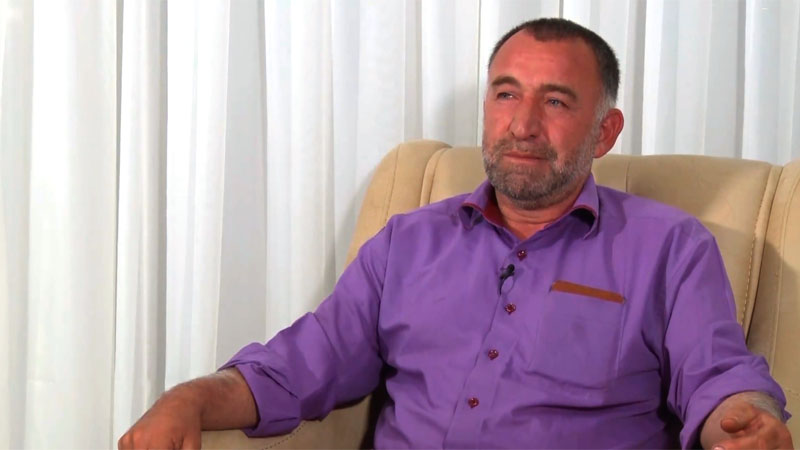Alongside the trial of the leaders of the Mujahedin-e Khalq (MEK) and the very group as an entity, the news media of the Iranian judiciary, Mizaan, has published interviews with former members of the group who give testimonies on the group’s violent background including its military operations in cooperation with former Iraqi dictator Saddam Hussein to suppress Kurdish and Shiit uprisings.
Basat Ali Meshkin Faam is one of the defectors of the MEK who witnessed the MEK’s military operation to suppress Kurdish uprisings in April 1991. The testimonies of MEK ex-members have been several times confirmed by Iraqi authorities, human rights activists and journalists.

Basat Ali Meshkin Faam
According to Qubad Talabani, son of Iraqi president Jalal Talabani, “Up until the fall of the regime, they were part and parcel of the Iraqi military. And they were heavily involved in suppressing the Kurdish uprising of 1991.”
After First Gulf War and in order to weaken Saddam’s regime, Iraqi Kurds who were chemically bombed by Saddam’s army in Halabja and Khurmal three years before, seized the opportunity to retaliate bloodshed, and took over the Kurdish regions. The Kurds were able to take control of the cities of Mosul and Sulaymaniyah and then advanced towards cities such as Tuz, Kifri and Jalula.
“A civil war had broken out in Iraq which was none of the MEK’s business,” says Meshkin Faam. “But Saddam Asked Massoud Rajavi for help.”
A week after the Kurdish forces took control of the northern cities of Iraq, the MEK forces entered. At this stage, the so-called Liberation Army of the MEK carried out “Morvarid 1 and 2” operations and suppressed the people, and the Peshmerga prevented them from advancing in various cities. The MEK surprised the Kurdish militias and Peshmerga of Kirkuk and aided the Baathist government to regain control of the city of Kirkuk, during which, according to Iraqi Kurdish forces, hundreds of Kurdish residents of Kirkuk were massacred by the members of the MEK. It is estimated that more than 4,000 Kurds lost their lives at the hands of the MEK in Morvarid operations 1 and 2.
Meshkin Faam testifies, “The MEK had occupied a major part of the Kurdish areas, including the cities of Tuz, Kharmato, Kafri, Sulaimanbeg and Khanaqin, before the Kurds came to those areas, and did not avoid any kind of confrontation and killing of protesting Kurds.”
“Why should we participate in the massacre of Iraqi Kurds,” wonders Meshkin Faam. “For Rajavi, it was a way to serve Saddam Hussein in exchange for receiving equipment, supplies and money.”
He recalls Massoud Rajavi’s pleasure for such a satisfying deal with Saddam’s regime. He recounts the speech that Massoud made in a meeting at Camp Ashraf, “Masoud Rajavi explained the story of one of his visits with Ezzat Ibrahim in one of the meetings. Apparently, Ezzat Ebrahim had narrated with tears in his eyes that: On the way to Khanaqin, I saw Mujahid brothers who were defending the country of Iraq. If the country returns to its state of peace, we must repay this service that the Mujahid brothers did to us.”
The former member of the MEK quotes from Masoud Rajavi, who had just received 30 to 40 cannons from the Iraqi army: “This is the result of the efforts you made in Operation Morvarid.”

